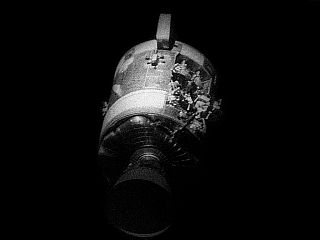These images are just astounding . . .
April 21, 2010: Warning, the images you are about to see could take your breath away.
At a press conference today in Washington DC, researchers unveiled “First Light” images from NASA’s Solar Dynamics Observatory, a space telescope designed to study the sun.
“SDO is working beautifully,” reports project scientist Dean Pesnell of the Goddard Space Flight Center. “This is even better than we could have dreamed.”
Launched on February 11th from Cape Canaveral, the observatory has spent the past two months moving into a geosynchronous orbit and activating its instruments. As soon as SDO’s telescope doors opened, the spacecraft began beaming back scenes so beautiful and puzzlingly complex that even seasoned observers were stunned.
Be sure to click on the image above to view full-size and then go to the SDO Website.


 Cubical rocks lie in a spot designated “Chocolate Hills” by the JPL team. These remind me of stones quarried to build ancient structures on our planet.
Cubical rocks lie in a spot designated “Chocolate Hills” by the JPL team. These remind me of stones quarried to build ancient structures on our planet.

